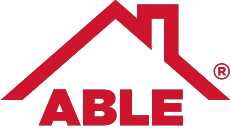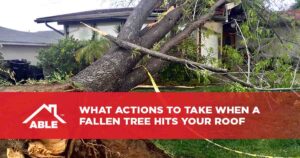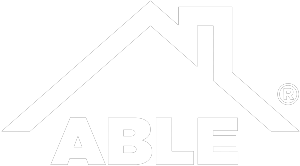Installing a new roof should always be left to the experts. A roof is your first line of defense against the elements, so you want to make sure it is installed correctly the first time. Many people believe the installation of a new roof is simply laying shingles. The process is much more labor-intensive and complex than this. Once you understand what goes into a new roof installation, you will understand why it is best left to professionals!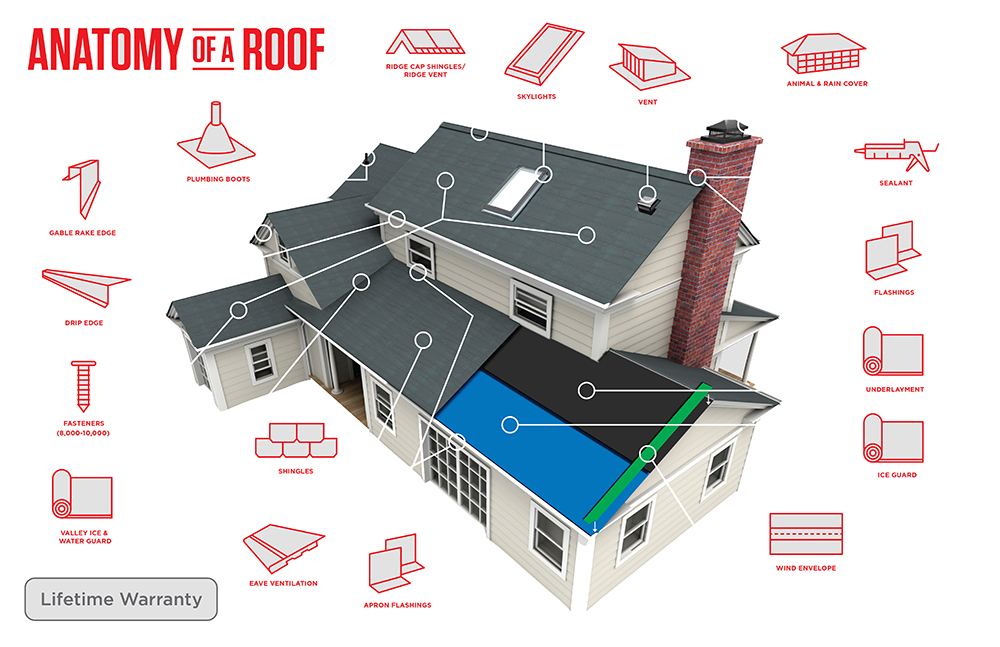
Deciding If You Need a New Roof
The first part of roof installation is understanding if you need a complete roof replacement or a repair. If your shingles are lifting, missing, or you have water damage, you’ll likely need a new roof. A thorough inspection of underlying materials, rafters, and the home’s attic is needed. Searching these areas for damage will reveal just how much structural replacement is required. Need a new roof? Save on a new roof today! View our latest offers and browse our local service area.
Removal of Roofing Materials
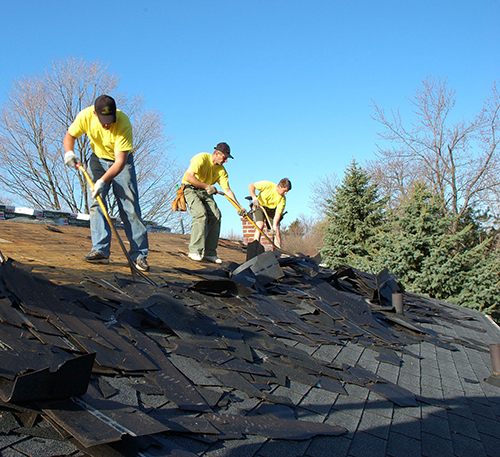 After the decision is made to install a new roof, contractors will begin stripping the old roof down to the wood. Roof installations occur in many layers, so there will be a lot of debris coming off the roof. Once the roof is stripped to the wood, the contractors will search for additional water damage which may have been missed initially.
After the decision is made to install a new roof, contractors will begin stripping the old roof down to the wood. Roof installations occur in many layers, so there will be a lot of debris coming off the roof. Once the roof is stripped to the wood, the contractors will search for additional water damage which may have been missed initially.
Repair of Damage
If water has damaged your wood, rafters, or attic, this is the point when it will be repaired. Contractors will ensure all repairs are made and rot is removed. This step is one of the reasons why it’s important to choose a responsible contractor. Roofers in a hurry may miss serious damage and wood will continue to deteriorate.
Underlayment
At this point, a durable material will be laid on the wood decking. This will provide protection against rain in case of broken shingles or roof damage. The underlayment is installed from the bottom up, with significant overlap for the best protection.
Drip Edge
Angled metal strips will be placed over the underlayment. This step helps to ensure water won’t build up on the roof but will fall off the edge of the roof. The drip edge provides additional protection against water damage. Metal, called roof flashing, may also be placed around chimneys to prevent leaks.
Shingles Are Installed
Some counties have building codes for roof installation. If your county is one of those, we will follow those regulations. Asphalt shingles are typically three feet long by one foot wide. The back of the shingles provides an adhesive for attachment to the roof. Shingles are then laid in an offset pattern. The adhesive on the back is softened by the sun, helping the shingle adhere. Roofing nails are then used to secure the shingle to the wood.
Soffit and Fascia Board Installation
The soffit is the board between the roof’s siding and the eaves. The boards help provide ventilation into the attic space. Fascia boards are used for gutter placement. Both pieces of equipment will be placed around the home to prevent wind and water damage.
Roof replacement is not an easy task, so if you’re interested in a new roof, give us a call! We will provide you with a free estimate and guarantee our work with a lifetime warranty.
